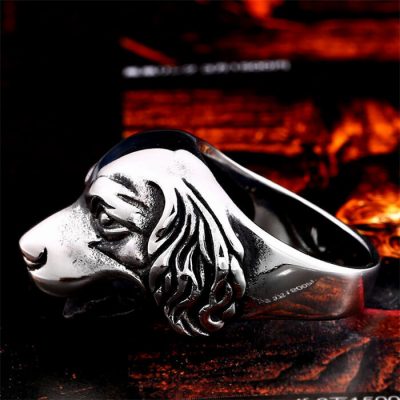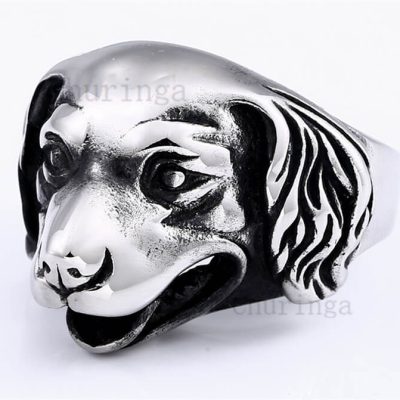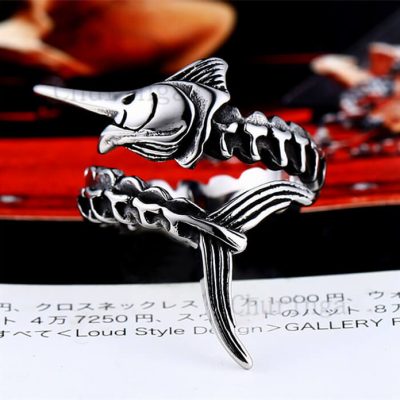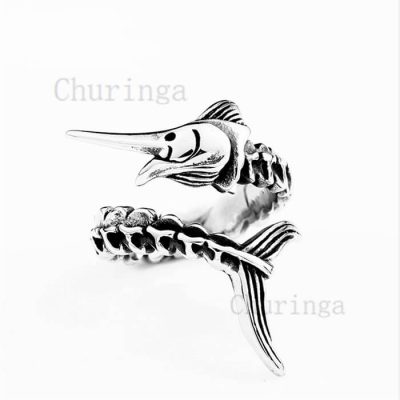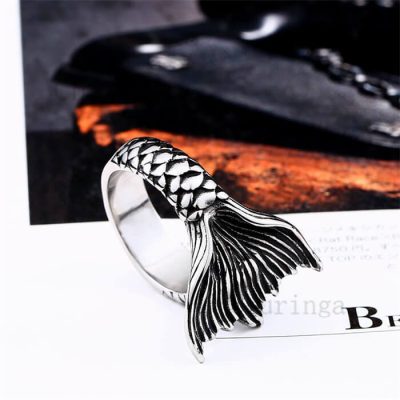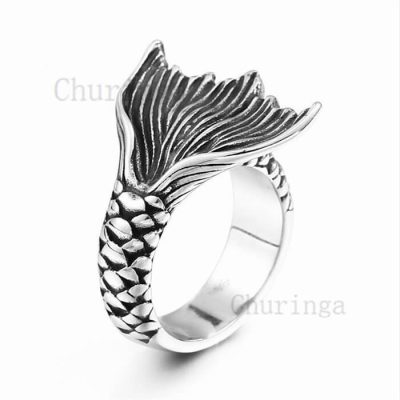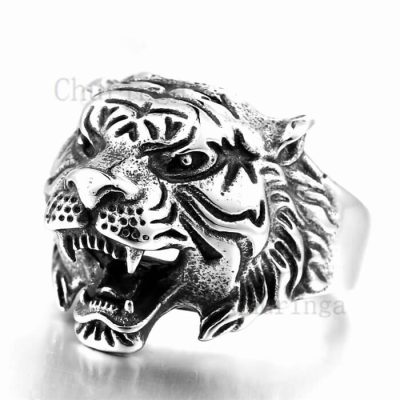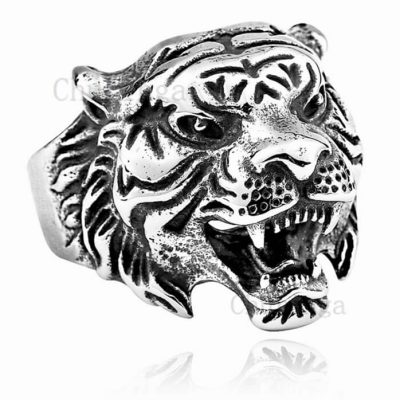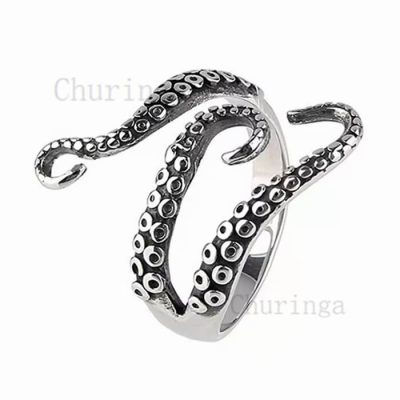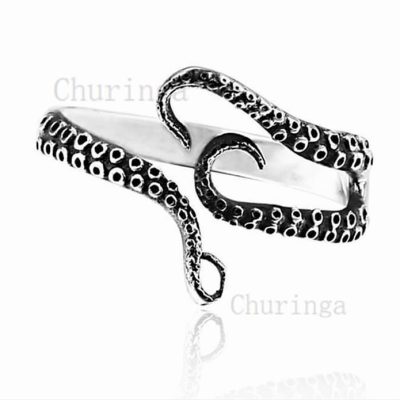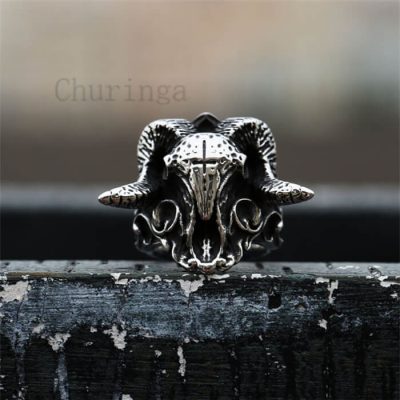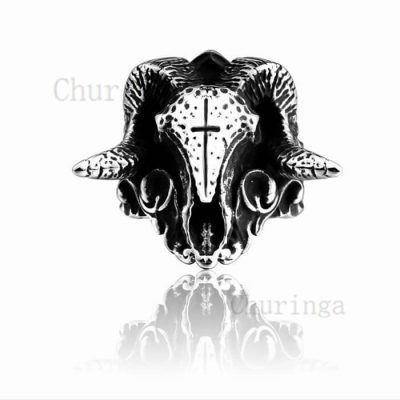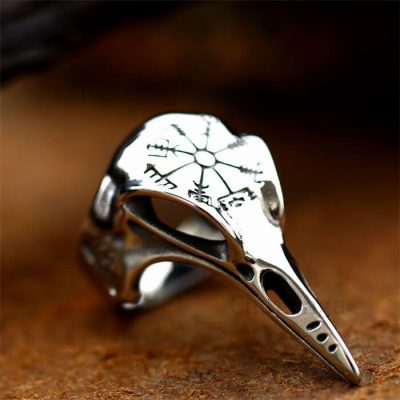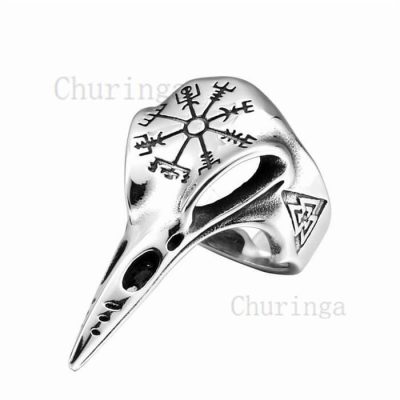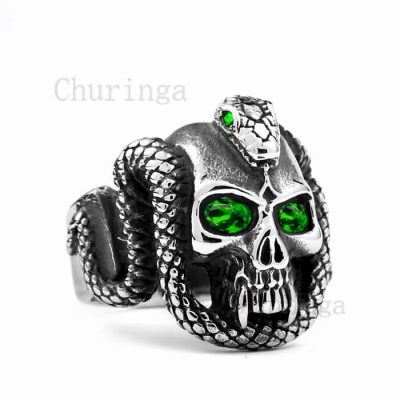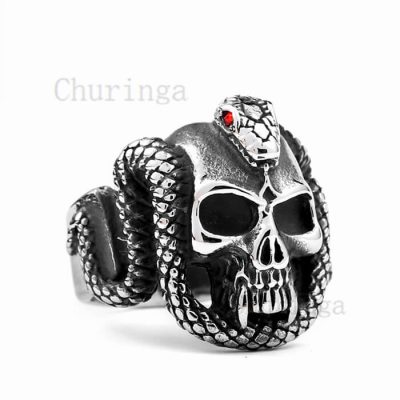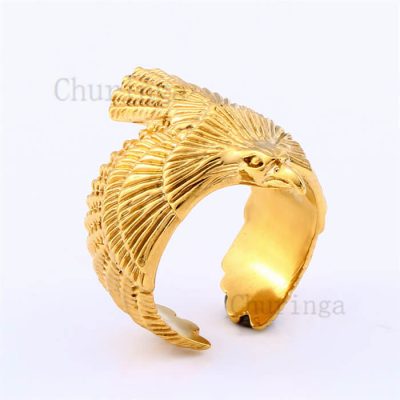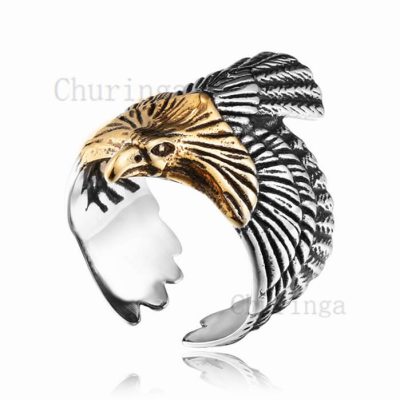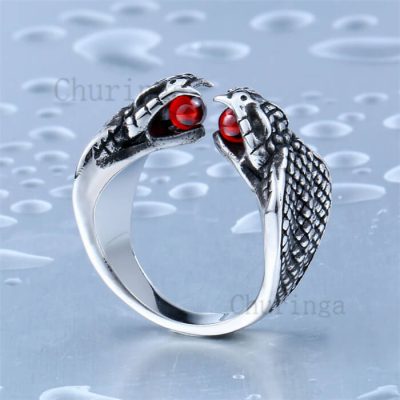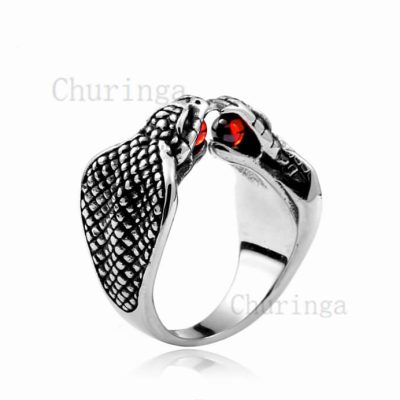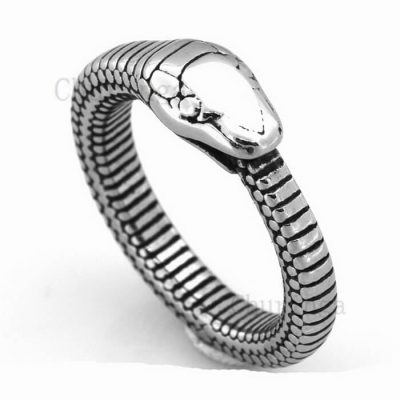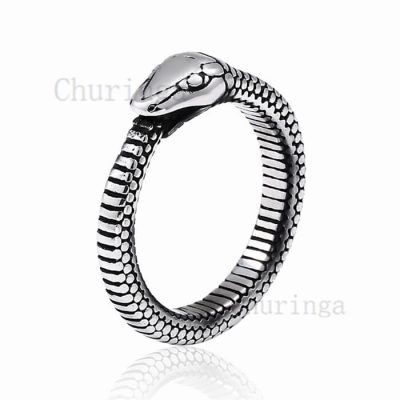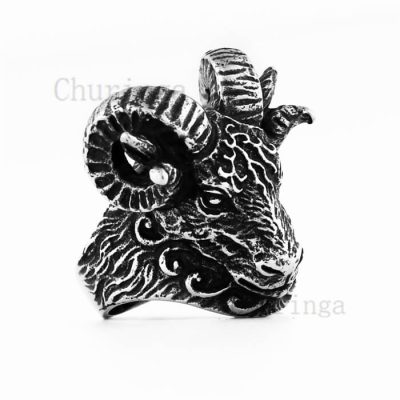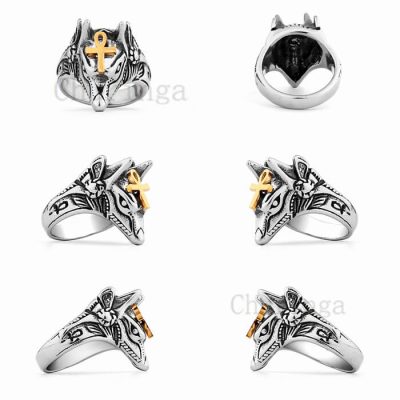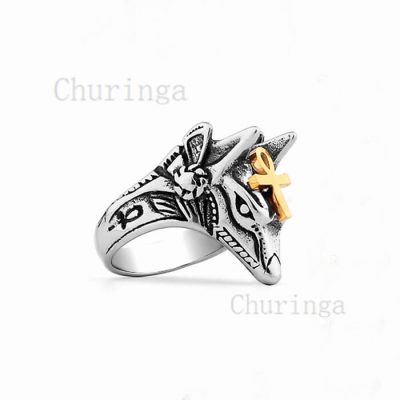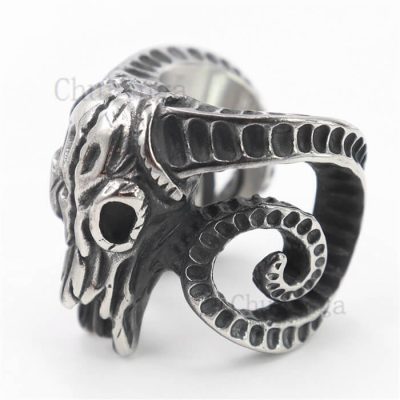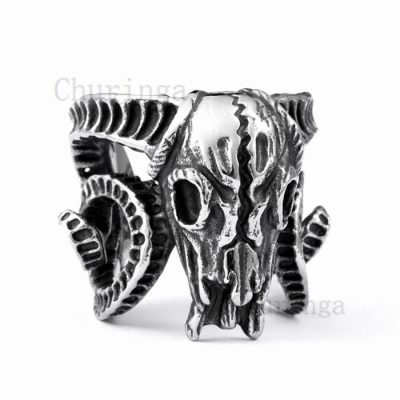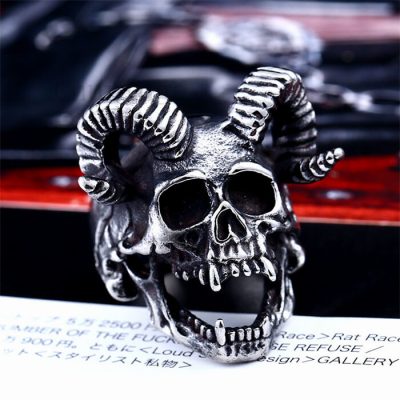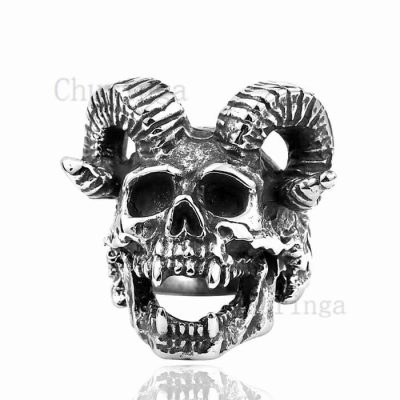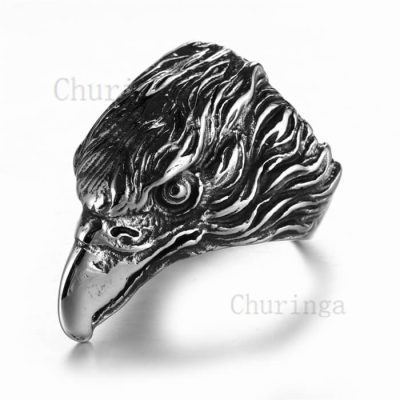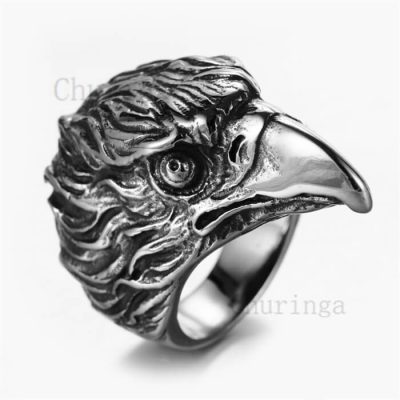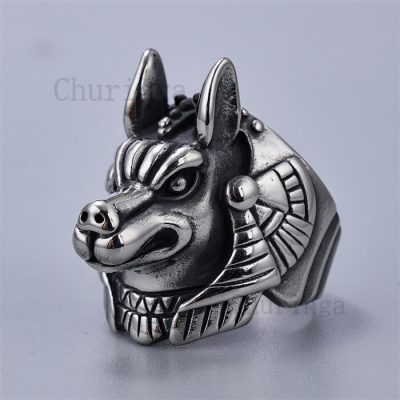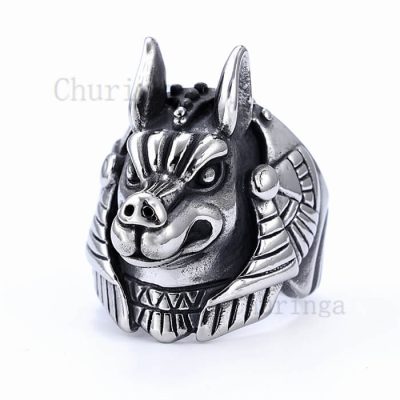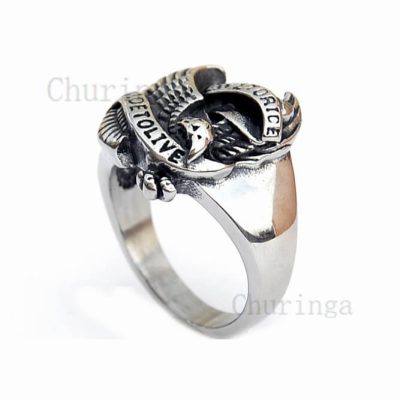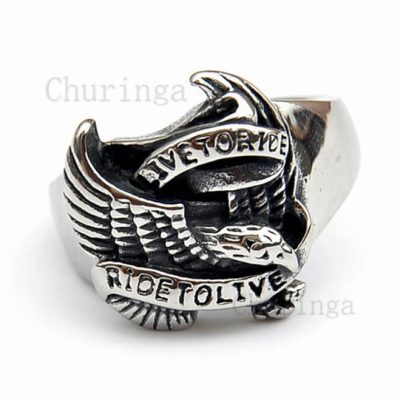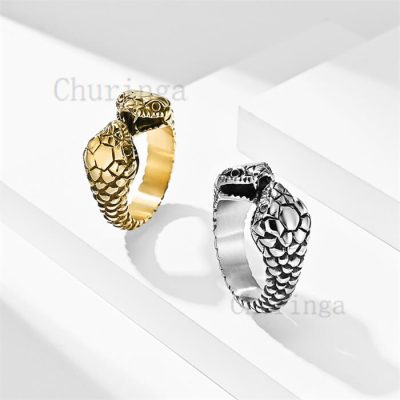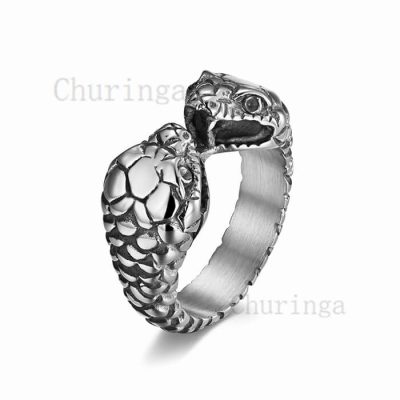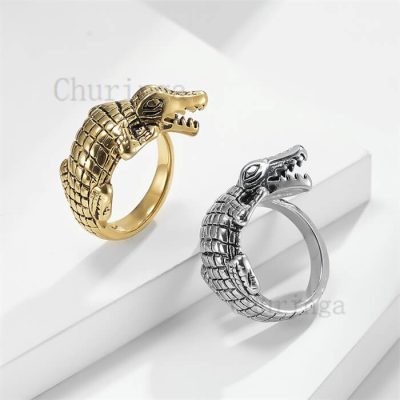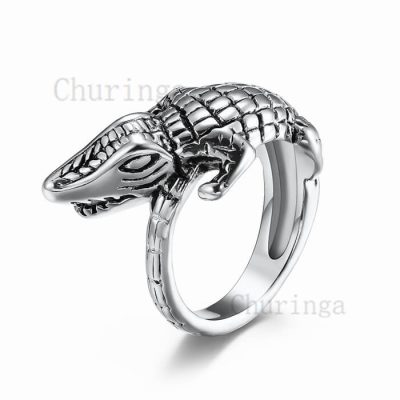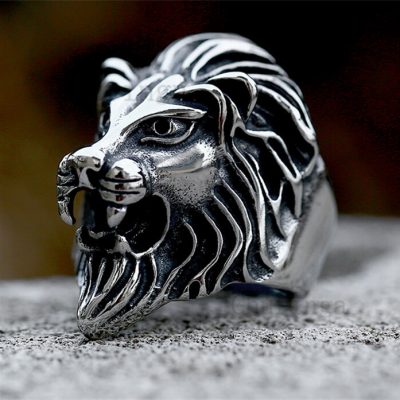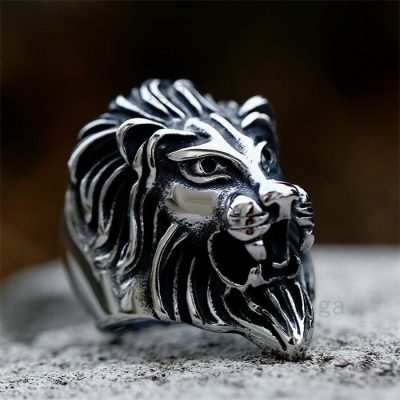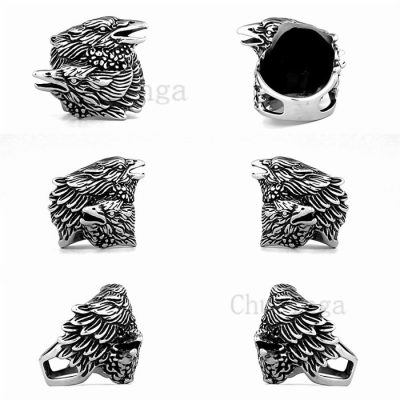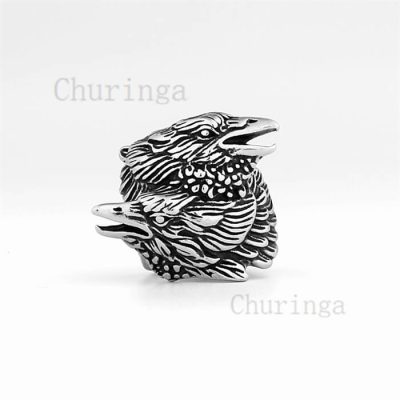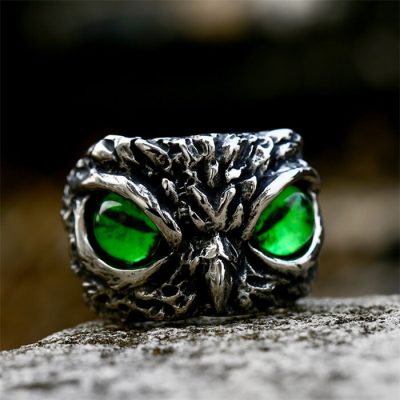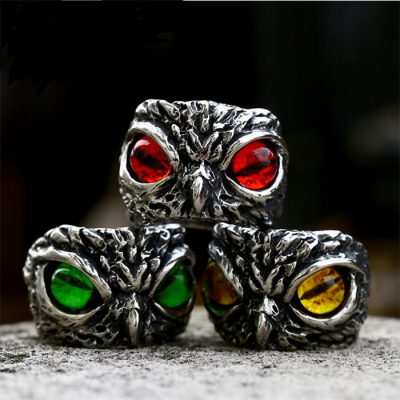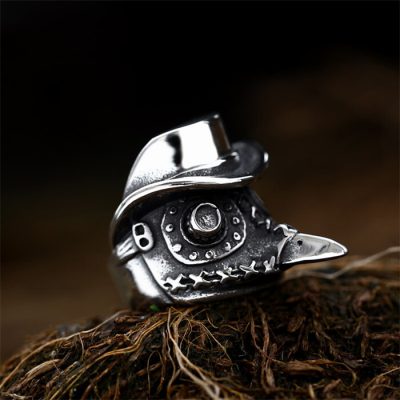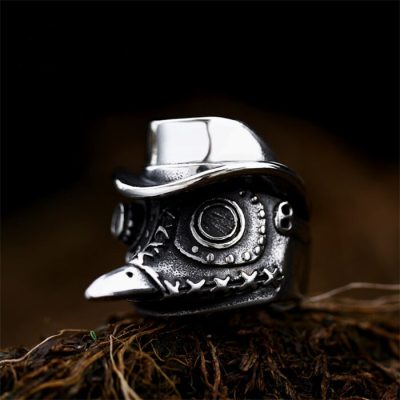Stainless Steel Rings
Stainless steel rings are a popular and versatile choice in the jewelry industry. These rings are made of 316L surgical-grade stainless steel and have unique durability, fashion, and economy. Churinga Jewelry Factory specializes in the production of high-quality stainless steel jewelry and stainless steel gold jewelry. They offer custom 316L stainless steel jewelry and wholesale 316L stainless steel rings. In addition, Churinga Jewelry Factory also produces a wide range of stainless steel fashion jewelry, including stainless steel gold rings, stainless steel stone rings,316L stainless steel rings with diamonds, stainless steel wedding rings, stainless steel skull rings, stainless steel rings for women, vintage stainless steel rings, stainless steel men rings, and stainless steel fashion rings. The following are some key features and advantages of the best stainless steel rings:
- Durability: Stainless steel is renowned for its excellent strength and corrosion resistance. Unlike other metals that may lose their luster or rust over time, stainless steel rings can withstand daily wear and tear, making them a durable choice.
- Low allergenicity: A significant advantage of stainless steel rings is their low allergenicity. People who are sensitive to skin or metal can comfortably wear stainless steel without worrying about irritation or adverse reactions.
- Variety of styles: Stainless steel rings come in various designs and styles to suit various preferences. From simple and classic watch straps to complex patterns and decorations, every taste and occasion comes with a stainless steel ring.
- Affordable price: Compared to precious metals such as gold or platinum, stainless steel rings are more cost-effective. For those who want stylish and durable rings that don’t cost anything, they provide a cost-effective choice.
- Low maintenance: Stainless steel rings require minimal maintenance to maintain their luster. They are easy to clean with mild soap and water, making them a practical choice for daily wear.
- Versatility: Whether you are looking for casual everyday rings or elegant items for special occasions, stainless steel rings can be suitable for any style of clothing. They complement Casual wear and formal wear and become a versatile accessory for any wardrobe.
- Adjustable size: Unlike some other materials, stainless steel rings can be easily resized. If your finger size changes over time, you can flexibly adjust the size.
- Modern appearance: Stainless steel rings have a modern feel, attracting people who like fashionable and minimalist designs.
- Couple ring: Stainless steel rings are also a popular choice for lovers or Wedding rings. Their persistence and the symbolic significance of eternal love make them a meaningful and practical choice. Overall, stainless steel rings strike an excellent balance between style, durability, and economy. Whether you buy it for yourself or as a gift for someone special, stainless steel rings can be a fashionable and long-lasting addition to any jewelry collection.

